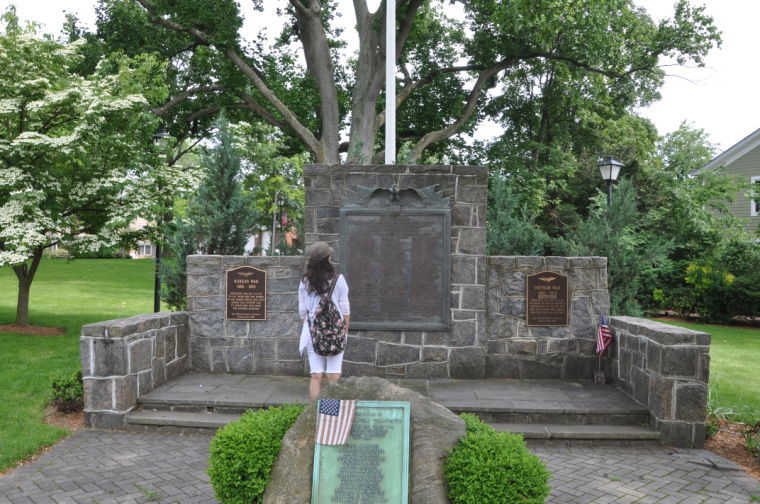
“A town must decide what it wants to be…it must choose its own identity.”
That’s what Hyeryun Hong told me during our walking tour of Williston Park.
Hyeryun studied interior design and urban planning at Pratt Institute where she earned her master’s degree in interior design. And she is no stranger to Williston Park either. She once owned a nail salon called Pretty Nails right here on Hillside Avenue in the late 1990s and since then traveled extensively throughout the world seeing the world’s greatest cities. She now teaches interior design on the university level.
My goal was simple today. I wanted to walk with her down Hillside Avenue and gather her impressions of our town.
She was concerned that she did not have time to research the history of our town but I thought I had better get this done now. I had already asked three different architects and town planners to do this and none were willing to give me the time of day.
So thank you very much Ms. Hong. We are all indebted to her. Here is what she said.
Our first stop was the bench in front of The Village Flower Shop. I pointed out the beautification committees work which added benches, street lights, brickwork and flowers and rose bushes in the median on Hillside Avenue.
Hyeryun commented that this was a very good start but as we talked cars kept on whizzing by.
“Hillside is a very busy thoroughfare so it’s difficult to sit and chat together when cars are going by at 40 miles per hour” she said.
That’s when I jumped in with an idea I have thought about for two years. I asked her if she thought building a little piazza that is set back from Hillside and is surrounded by cafes, restaurants and ice cream shops would work. They do this in many towns and it draws people to it like a magnet.
“Oh, you’re thinking of those Italian piazzas like the ones in Florence that are located in the center of town. They make the people feel safe and protected while they sit and talk. ”
Yes I thought and I could now hear the voice of James Kunstler the author of “Geography of Nowhere” tell me “Good luck with all those zoning laws!”
We proceeded to work our way past Peter Andrews where she said “Nice exterior. It is reminiscent of old stores in the west with that wooden exterior.”
We walked up the block and visited with Suhwa Kim who owns Aroma Nails and Hair. There was Suhwa inside working on someone’s nails and surrounded by many smiling female clients being indulged.
As we left Hyeryun commented “In many towns there is no place to congregate so women go to nail salons, men to sports bars and kids to the mall. This tends to separate them from each other.”
As we proceeded past Hildebrandt’s she looked up at the signage and said “Take a look at the color of the sign and the font, old fashioned and very nice. This store is a throwback to the past. Every town has two jobs. They must hold onto and respect their past and also grow into their future.
It is a delicate and difficult balance. Often the result is what we call post-modernism. Like your modern police station next to a 1950 brick Tudor next to La Marmite which is a turn of the century country manor.”
As we walked past 101 Hillside which is our professional building she said “This is a nice looking building. But remember that building facades can be brick, wood, aluminum or concrete. When a store is built the architect needs to blend it with its surroundings. This is how a community builds an identity. If you were having plastic surgery on your face you certainly wouldn’t want each part of the face modeled after a different celebrity would you? It is the same with a village. It all must fit together and that is where urban planning comes in.”
We pass the statue of the fireman and then went to look at the pretty park across the tracks in East Williston.
We had trouble getting across Hillside Avenue and she returned to her comment about busy thoroughfares being barriers to the pedestrian. I wondered aloud why the stores on the north side of Hillside do so well. She said maybe it’s the sun, a popular store on that side or the street keeping people on one side of the block.
She concluded her interview by conceding that people do need a place to gather, to chat, to meet, and to just plain hang out, relax and people watch and that life in a village is more than just shopping.
My take away from this interview was that towns have an identity just like people. A person’s mission in life is to find out who he really is. Many never find their identity and never achieve their full potential.
As an analyst my job is to help people find their true identity.
So who is the person that helps a town find its identity? Maybe it ought to be the mayor of a town. And that’s exactly why I am going to ask Mayor Paul Ehrbar to join me on this same walking tour next week.






